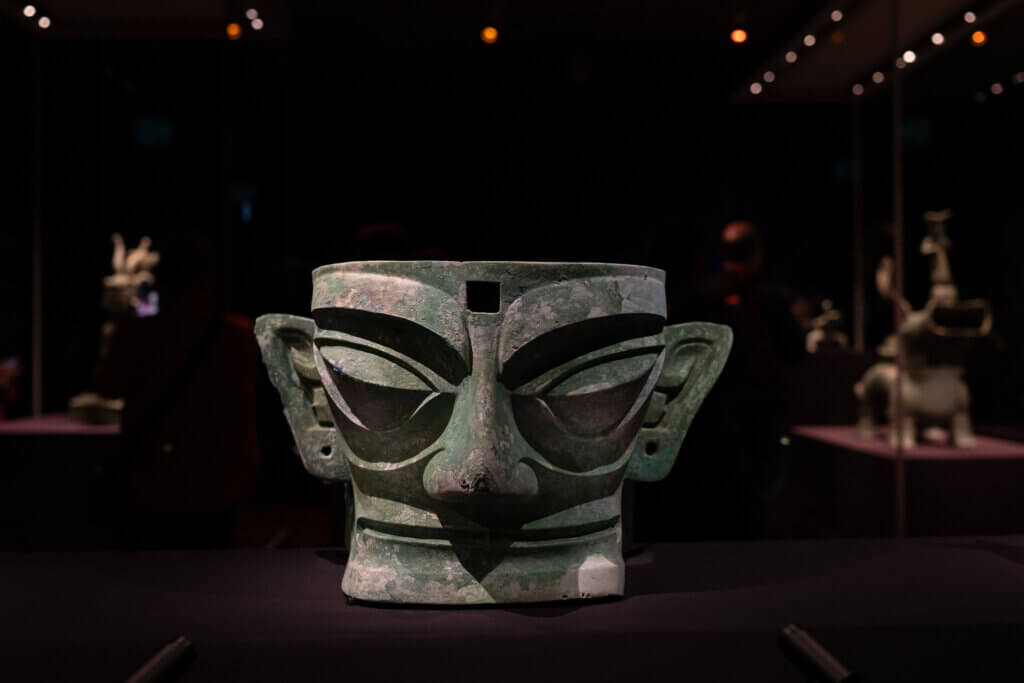Preserving History with NFT Archives
From Historical Fascination to NFT Innovation
I have never excelled academically when it comes to history, but I’ve always been captivated by it. Growing up in a country with a rich historical and cultural heritage, I was immersed in stories of events spanning centuries — from ancient rock carvings and delicate line drawings to photographs capturing pivotal moments in history. These artefacts have shaped our understanding of the past, influencing not only personal beliefs and moral values but also the broader ways in which societies, organisations, and nations operate. I’ve always been intrigued by the lives of those who came before us, wondering how they experienced the world and what their realities were like. Yet, the trustworthiness of the resources we rely on to understand them is often far from certain.
Questions linger: Who created these records? Were they credible and authentic? Did they actually witness the events they documented? How did their perspectives shape the narratives they left behind? Was there any intention to manipulate or distort the truth? And were these works disseminated through channels that could be deemed reliable?
These questions aren’t easy to answer — not even in our digital age, where tracking information should, in theory, be more straightforward. In fact, the advent of AI, deepfakes, and misleading news outlets has only deepened my concerns about how future generations will sift through the noise to find legitimate sources of information. How will they make informed judgements about our era when the boundaries between reality and fabrication are increasingly blurred?

At the heart of my passion for historical preservation lies a remarkable discovery from Sanxingdui, an archaeological site in China’s Sichuan Province. Here, researchers unearthed a collection of unique bronze artifacts from around 1200-1100 BCE, including this extraordinary life-sized bronze mask. The level of craftsmanship is simply astounding – these ancient artisans possessed technical skills that seem far ahead of their time. This discovery is even more intriguing when you consider that despite extensive research, archaeologists have yet to uncover the true purpose of these masks or identify their creators. It perfectly illustrates why we need a reliable way to build authentic archives—while we have concrete evidence of an advanced ancient civilization, countless questions still remain unanswered.
Discovering the blockchain
My interest in blockchain technology began serendipitously in late 2018. At the time, I was preparing to relocate from Shanghai to Shenzhen due to work, and I faced an unexpected challenge: transferring my cat’s medical records. As a busy and somewhat disorganised pet owner, I found it difficult to gather years’ worth of scattered paper records. Accessing digital copies from my vet’s system wasn’t an option either.
In a casual conversation with a colleague, I expressed my frustration and mused about the need for a national system — one that could securely store and retrieve accurate medical records, not just for pets but potentially for humans, too. My colleague’s response was a revelation: “You’d need blockchain to make that happen.” That was the first time I glimpsed the transformative potential of this technology.
Documentary photography with provenance
Fast forward to 2023, and I found myself researching my final major project for an MA in Photography. At the time, I was deeply intrigued by the many-worlds theory in quantum physics and its implications for our understanding of reality. I wanted to incorporate this into my work, which primarily focuses on documentary photography. The idea was to present my own universe and imagine an alternate universe through a series of images that reflected my experiences. But then came the question: how could I ensure these images authentically represented my reality? If the theory is correct and there are indeed many versions of myself in separate universes, how could I make my perspective credible and distinct?
This led me to consider the blockchain as a means of archiving my images — preserving the realities I’ve captured in a decentralised, digital world. By transforming these images into NFTs, I hoped to ensure their provenance and authenticity for future generations. Whether my work is discovered in 100, 500, or even 1,000 years, I want it to serve as a trustworthy resource. These images, saved through this innovative technology, may one day help others unravel the same mysteries that have always fascinated me: how people lived, thought, and experienced life in their time.